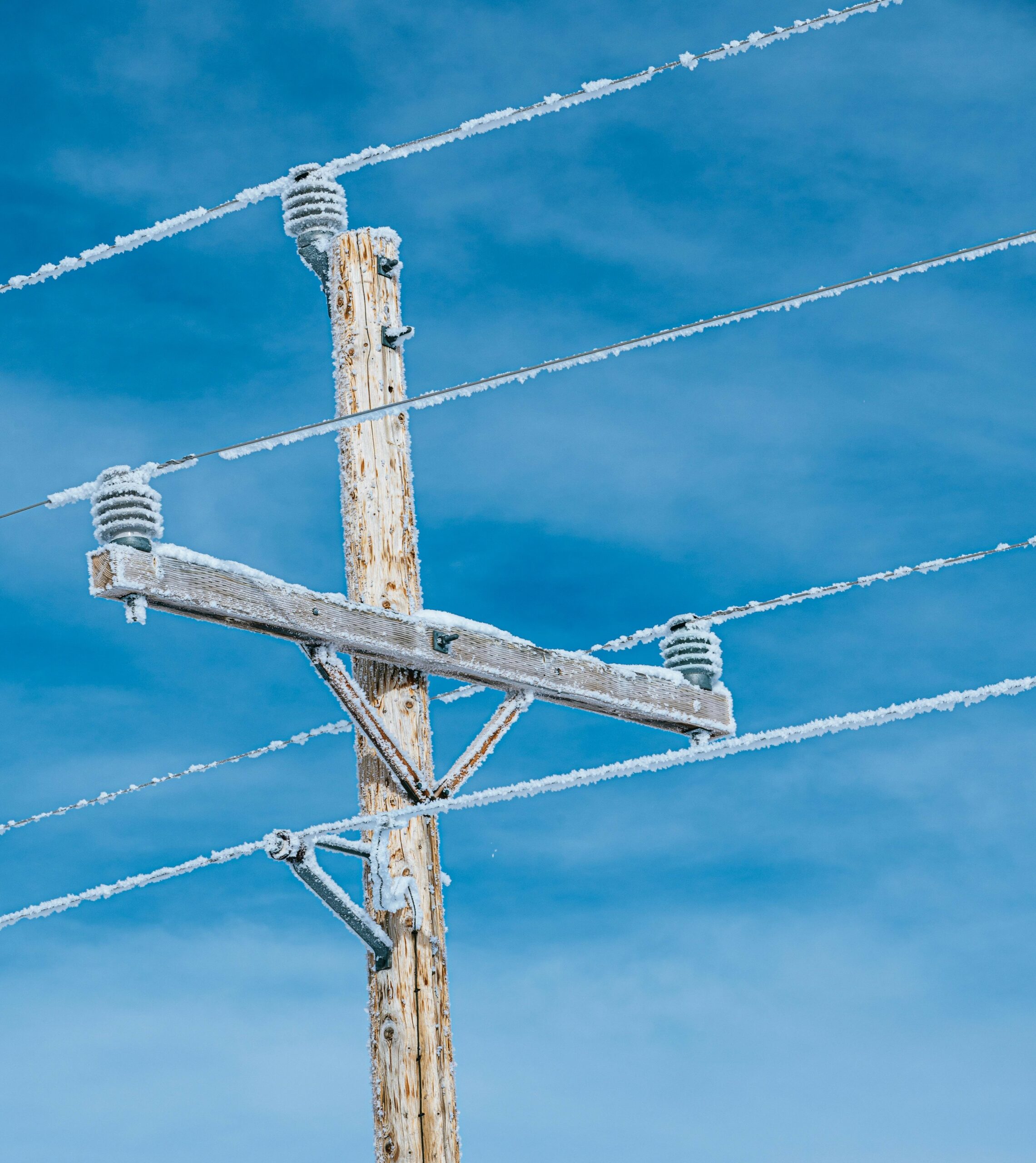Written by: Michael MacLean
Are you aware of the fascinating power grid interconnection between Canadian and American jurisdictions? Specifically, how these interconnections create a stable and robust electrical system that defines modern life and prevents outages?
The development of the power grid in North America occurred gradually over time, with different regions independently establishing their own systems. As power became more intrinsic to daily life and regions became more interconnected, it became clear that a solution was needed to combat the frequent power outages plaguing many large cities. The North American Electric Reliability Corporation was created to oversee this process, and several interconnected regions were created. Each interconnection covers a distinct geographical region, and all the energy providers within the region are fully synchronous with each other. Below is a map of these interconnections. As indicated below, British Columbia and Alberta share interconnection with many Western States, and parts of Mexico. This interconnection is called the Western Electricity Coordinating Council (WECC).
You may wonder why these interconnections run North-South and not East-West? Wouldn’t it make sense for Canadian energy providers to share electricity with the rest of their compatriots?

The compelling answer lies in how power is generated, and how these varying types of generation interact with each other. As an example, the massive inertia in the turbines of a hydro electric dam is difficult to synchronize with the much lower inertia turbines in a natural gas plant. As frequency within the grid changes, energy providers need to react within seconds to keep the frequency within acceptable levels. Therefore, it is crucial that interconnected grids can easily synchronize with each other. Interconnections are also influenced by population centres and geography, which results in a natural North-South alignment.
https://commons.wikimedia.org/w/index.php?curid=125050144
So, what happens when Utility A requests power from Utility B?
Utility A will make their request through established channels and protocols. Utility B will assess their available capacity and consider factors such as the current state of the grid, availability of generating units, and any contractual obligations or agreements to power sharing with any other of its interconnected partners. If Utility B can provide power, they will then begin negotiating with Utility A regarding factors such as quantity, timing, and any financial compensation involved. If there is agreement, power transfer will begin through interconnection facilities including transmission lines and substations. The entire process is monitored and controlled to address any unexpected events or deviations from the planned transfer. This process sounds long and tedious, although much of it is done automatically, and not just to address emergencies, but to manage fluctuations in electricity demand and generation output.
You may have heard of the recent cold snap in Alberta?
An example of the WECC interconnection at work occurred in February 2024 when Western Canada and parts of the United States were hit by a cold spell. Specifically, this became an issue for the province of Alberta. The extreme conditions led the province to a record demand for electricity while at the same time some of the power generation plants were running at limited capacity due to maintenance. Soon after these temperatures hit, the Alberta Electric System Operator (AESO) issued a grid alert. This alert warned residents that power may be lost due to extreme energy demands caused by weather, and lack of energy production due to maintenance. In this real-world example, an Alberta energy provider such as Enmax would send in a request like Utility A, and BC Hydro would have fulfilled this request like Utility B from our previous description. Fortunately, the threat of power loss never materialized thanks to the interconnection. Without this system in place, many Albertans could have been without lighting or heating during extreme cold.
Power transfers are not always caused by such extreme circumstances. Grid analysis and forecasting can help anticipate these demands, and automated control systems can use algorithms to automatically adjust output to help alleviate demand. However, it is important to note that human operators still retain oversight and decision-making authority, particularly in critical situations.
What is incredible is that these sorts of transfers can happen daily and occur seamlessly without the general population noticing all the checks and balances that happen to keep our lights on and computers running.
The next time you flip a switch, remember the coordinated efforts behind the scenes that make it all possible. The North American power grid is a testament to the power of working together to keep our lights burning bright.

Want to learn more about our mechanical, electrical and energy engineering services? Visit our engineering services page or contact us today.
Check out some of our other blogs to learn more about our Kelowna engineering company: